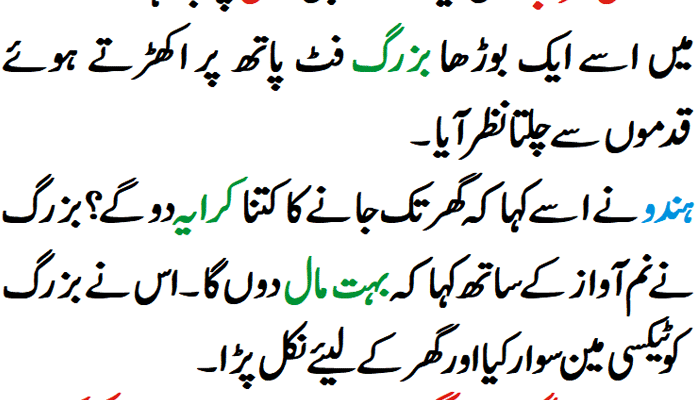Despite being the leading causes of death worldwide, strokes and heart attacks can largely be avoided with the right lifestyle choices and medical care. This article investigates basic and viable ways of decreasing your gamble of these serious ailments.


Understanding Heart Attacks and Strokes
Definition and Outline
– Stroke: A stroke occurs when there is a disruption or reduction in the blood supply to a portion of the brain, which prevents brain tissue from receiving oxygen and nutrients.
– Heart Attack: A “heart attack” occurs when the flow of oxygen-rich blood to a part of the heart muscle suddenly becomes blocked, typically by plaque buildup in the coronary arteries.
The Crucial Role of Prevention
Because they can result in death, reduced quality of life, and long-term disability, preventing strokes and heart attacks is essential. The incidence of these conditions can be significantly reduced with the implementation of preventative measures and knowledge of the risk factors.
Categories and Types
Sorts of Strokes
-Ischemic Stroke: Brought about by a blockage in a corridor that provisions blood to the cerebrum.
– Hemorrhagic Stroke: Happens when a vein in the mind explodes, prompting draining in or around the cerebrum.
– Transient Ischemic Assault (TIA): Frequently called a little stroke, it’s a brief time of side effects like those of a stroke.
Various Kinds of Heart Attacks
A severe heart attack in which a coronary artery is completely blocked is known as a ST-Elevation Myocardial Infarction (STEMI).
– Non-ST-Elevation Myocardial Infarction or “NSTEMI” is a heart attack that is less severe and occurs when the artery is only partially blocked.
– Quiet Heart Attack: Happens with no undeniable side effects except for can cause huge harm.
Signs and Symptoms
The Most Common Signs of a Stroke
– Abrupt deadness or shortcoming in the face, arm, or leg, particularly on one side of the body.
– Sudden confusion, difficulty speaking, or difficulty comprehending speech
– Unexpected difficulty seeing in one or both eyes.
– Suddenly difficulty walking, dizziness, unbalance, or lack of coordination.
– An unexpectedly severe headache with no known cause
The Most Common Signs of a Heart Attack
– Pain or discomfort in the chest
– Pain or discomfort in the stomach, back, neck, or jaw, as well as in one or both arms.
– A lack of breath.
– Lightheadedness, nausea, or cold sweats.
Unusual Signs
– Stroke: Shortness of breath, sudden hiccups, nausea, fatigue, or pain in the chest
– Heart attack: indigestion-like symptoms, jaw pain, and fatigue.
Causes and Chance Variables
Factors Biological
– Genetics: A family history of heart attacks or strokes.
– Age: Risk rises as you get older.
– Sex: Men are more likely to get it, but women are more likely to get it after menopause.
Factors in the Environment
Smoking increases risk and damages blood vessels.
– Poor diet: high in sodium, saturated fat, trans fat, and cholesterol.
– Sedentary Lifestyle: Obesity and other risk factors are exacerbated by inactivity.
Factors in One’s Life
– Obesity raises the risk of high cholesterol, diabetes, and hypertension.
– Excessive Alcohol Consumption: Can result in heart disease and high blood pressure.
– Stress: Constant stress can cause artery damage and raise risk.
Tests and Diagnoses
Stroke Evaluation
– Physical Examination: Examining for signs like numbness, changes in vision, and trouble speaking.
– Imaging Tests: carotid ultrasound, a CT scan, and an MRI
– Blood Tests: Detecting various conditions and disorders of the clotting process.
Coronary episode Determination
– The electrical activity of the heart is measured by an electrocardiogram (ECG).
– Checking for cardiac enzymes like troponin with blood tests
– Imaging tests include an echocardiogram, coronary angiogram, and chest X-ray.
Options for Treatment
Stroke Medical Treatments
– Thrombolytics, anticoagulants, and antiplatelets are medications.
– Surgery: angioplasty and carotid endarterectomy.
– Rehabilitation: Occupational, speech, and physical therapy
Heart Attack Medical Treatments
Aspirin, thrombolytics, anticoagulants, and beta-blockers are among the medications.
– Surgery: coronary artery bypass grafting (CABG), stent placement, and angioplasties
– Changes in Lifestyle: Diet, exercise, and quitting smoking.
Preventative Actions Healthy Eating
– A balanced diet that is full of whole grains, lean proteins, fruits, and vegetables.
– Cut back on red meat, dairy, and processed foods by limiting saturated and trans fats.
– Reduce Sodium Consumption: Select low-sodium options and avoid adding additional salt to meals.
Regular Activity
– Aerobic Exercise: At least 75 minutes of high-intensity exercise or 150 minutes of moderate-intensity exercise each week.
– Strength Training: Two days per week or more
– Adaptability and Equilibrium Exercises: Yoga and extending.
Don’t smoke or drink too much alcohol.
– Stop Smoking: Look for help through end projects and care groups.
– Moderate Alcohol Consumption: Women should limit themselves to one drink per day and men to two.
Reducing Stress
– Mindfulness and meditation: Regular practice can help alleviate stress.
– Solid Rest Habits: Hold back nothing long stretches of rest each evening.
– Social Support: Continue to cultivate strong connections with friends and family.
Individual Stories or Contextual analyses
Implications for Real-Life
– John’s Story: John, a 55-year-old man, changed his diet and exercise routine after a heart attack. This made him live a healthier life and made him less likely to have heart problems in the future.
– Mary’s Experience: Mary, a 60-year-elderly person, dealt with her pressure and further developed her rest propensities subsequent to encountering a TIA, essentially bringing down her gamble of an all out stroke.




